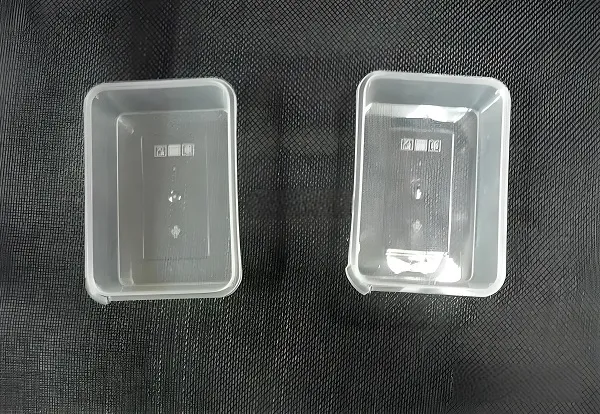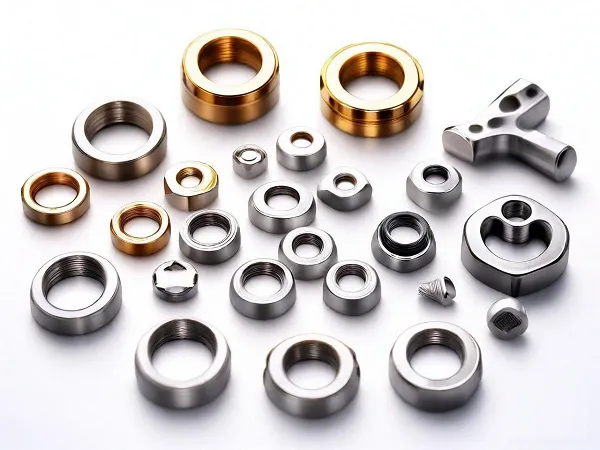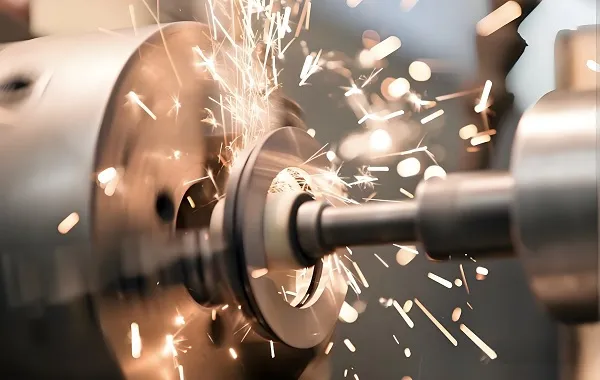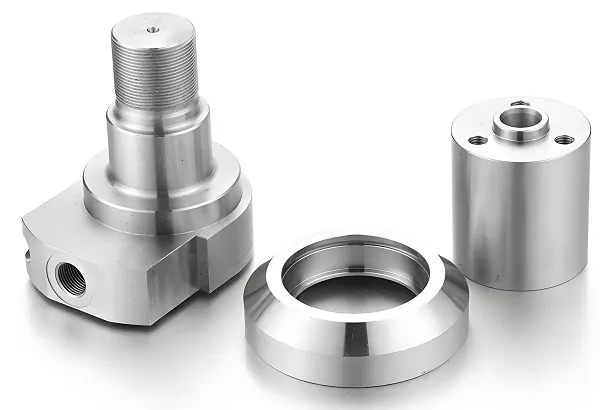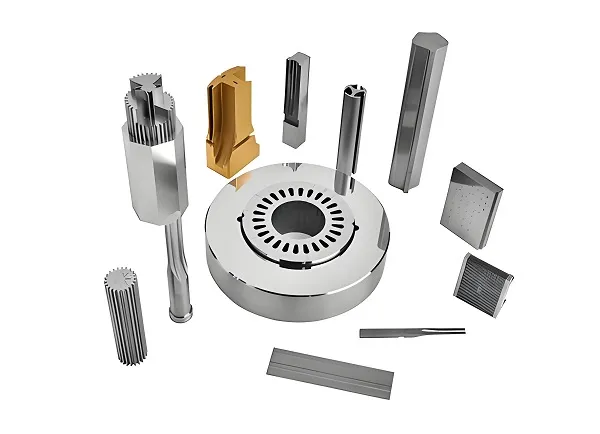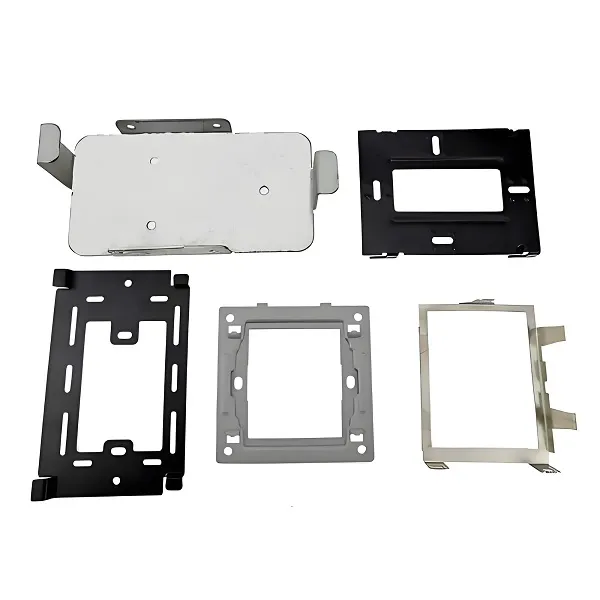With the rapid development of manufacturing industry, CNC (Computer Numerical Control) machining technology has become an important means of producing high-precision parts. However, the high machining cost has been one of the key factors restricting the wide application of CNC parts. This study aims to explore how to effectively reduce the machining cost of CNC parts while ensuring the quality and performance of the parts through tuning and technology comparison.
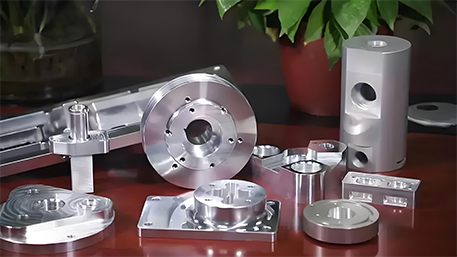
1.Basic introduction of CNC machining
The cost of CNC machining is mainly composed of several factors, such as material cost, machining time, tool wear, and post-processing costs. Previous research in this field has focused on optimizing machining parameters, improving tool design, and improving machining efficiency. For example, by adjusting parameters such as cutting speed, feed and depth of cut, machining time and tool wear can be reduced to a certain extent, thus reducing machining cost. However, most of these studies focus on the optimization of single factors and lack systematic tuning strategies.
In addition, there are some gaps in the existing studies, such as the comparative analysis of machining costs of different materials, the control of energy consumption during machining, and the optimization of post-processing costs. This study will propose a set of systematic tuning strategies on the basis of previous research, taking multiple factors into account, with a view to realizing the effective reduction of CNC parts machining costs.
2.Research design and methodology
This study adopts a combination of experimental design and data analysis. First, several common CNC machining materials (such as aluminum alloy, stainless steel, brass, etc.) were selected and different machining parameters (cutting speed, feed, depth of cut, etc.) were designed. Then, actual machining was carried out by CNC machine tools to record key data such as machining time, tool wear, energy consumption, and so on. Finally, the collected data were statistically analyzed to compare the machining cost under different materials and machining parameters.
In order to ensure the accuracy and reliability of the data, this study adopts the method of multiple repetitive experiments, and the experimental results are strictly calibrated and verified. Relevant literature and industry standards were also referenced to ensure the objectivity and comparability of the research results.
3.Research results and analysis
By analyzing the experimental data, this study draws the following conclusions:
Material selection: there are significant differences in the processing costs of different materials. For example, the machining cost of aluminum alloy is relatively low, mainly due to its good cutting performance and low tool wear. In contrast, the machining cost of stainless steel is higher, mainly due to its higher hardness, difficult cutting and fast tool wear. Therefore, under the premise of meeting the performance requirements of the parts, prioritizing the selection of materials with lower machining costs is an effective way to reduce the cost of CNC parts.
Optimization of machining parameters: by adjusting the cutting speed, feed and depth of cut and other machining parameters, can significantly reduce the machining time and tool wear. For example, when the cutting speed was increased from 100 meters per minute to 200 meters per minute, the machining time was reduced by about 30%, while tool wear was reduced by about 20%. However, it is important to note that excessive cutting speeds can lead to degradation of part surface quality and premature tool failure. Therefore, in practical applications, it is necessary to take into account a number of factors, such as machining efficiency, part quality and tool life, to select the optimal machining parameters.
Tool selection and wear control: Tool selection and wear control have an important impact on machining costs. This study found that the use of carbide tools can significantly improve machining efficiency and reduce tool wear. In addition, regular tool wear inspection and replacement can also effectively extend tool life and reduce machining costs.
Optimization of post-processing costs: Post-processing costs include the costs of cleaning, deburring, surface treatment and other steps. By optimizing the post-treatment process and selecting lower-cost treatment methods, the machining cost of CNC parts can be further reduced. For example, the use of physical methods such as sandblasting or polishing instead of chemical treatment not only reduces costs, but also reduces environmental pollution.
FAQ
Q: How to balance the relationship between machining efficiency and part quality?
A: In practical applications, several factors such as machining efficiency, part quality and tool life need to be considered. By optimizing the machining parameters and selecting suitable tool materials, machining efficiency can be improved under the premise of ensuring part quality. At the same time, regular wear testing and replacement of tools is also an important measure to ensure part quality.
Q: Why is the machining cost of aluminum alloy relatively low?
A: The relatively low machining cost of aluminum alloys is mainly due to their good cutting performance and low tool wear. Aluminum alloys have low hardness, which generates less heat during cutting and less wear on the tool. In addition, aluminum alloys have faster cutting speeds, which can significantly improve machining efficiency.
Q: How to reduce reprocessing costs?
A: The key to reducing the cost of reprocessing lies in optimizing the reprocessing process and selecting lower-cost treatment methods. For example, the use of physical methods such as sandblasting or polishing instead of chemical treatment not only reduces the cost, but also reduces the pollution of the environment. At the same time, rational arrangement of the post-treatment process and reduction of unnecessary treatment steps are also effective ways to reduce the cost of post-treatment.
Conclusion and Prospect
This study explored how to effectively reduce the machining cost of CNC parts through tuning and technology comparison. The results show that the machining cost of CNC parts can be significantly reduced by optimizing several aspects such as material selection, machining parameters, tool selection and wear control, and post-processing costs. Future research can further explore the machining cost differences between different materials, the control of energy consumption in the machining process, and the application of intelligent machining technology in reducing machining costs. Meanwhile, the application of this research result in actual production can also be considered to verify its effectiveness and feasibility.
(PS: the content is for reference only)

